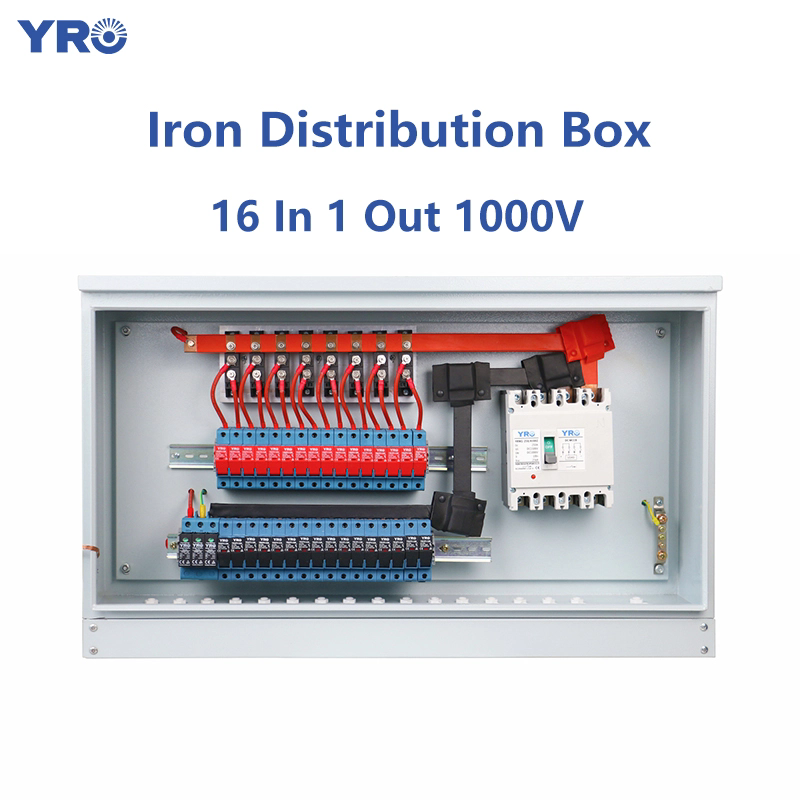Understanding Distribution Boxes: The Heart of Electrical Systems
2025-02-06
A distribution box, also known as a distribution board (DB) or panel board, is an essential component of any electrical system. It plays a crucial role in ensuring safe and efficient power distribution in residential, commercial, and industrial applications. Whether in homes, offices, or factories, the distribution box helps manage electrical loads and prevents system failures.
What is a Distribution Box?
A distribution box is an enclosure that houses circuit breakers, fuses, and other protective devices to control and distribute electrical power. It acts as the central hub that receives electricity from the main supply and then distributes it to different circuits within a building.
Key Components of a Distribution Box
Main Circuit Breaker – Controls the overall power supply and provides overload protection.
Bus Bars – Conductive strips that distribute electricity to different circuits.
Circuit Breakers – Protect individual circuits from overcurrent and short circuits.
Neutral & Earth Bars – Ensure proper grounding and electrical safety.
Enclosure – A protective box that houses all components, usually made of metal or high-strength plastic.
Why is a Distribution Box Important?
1. Safety and Protection
A well-designed distribution box prevents electrical overloads, short circuits, and fire hazards. The built-in circuit breakers automatically trip when excessive current flows, protecting appliances and wiring.
2. Efficient Power Distribution
By dividing electricity into multiple circuits, the distribution box ensures a balanced and efficient power supply, reducing voltage drops and enhancing system performance.
3. Easy Maintenance and Troubleshooting
Since all circuits are housed in one place, electricians can easily identify and fix issues without shutting down the entire electrical system.
4. Scalability and Flexibility
Distribution boxes can be customized with additional breakers and circuits, making them adaptable for future expansions and increased power demands.
Types of Distribution Boxes
Main Distribution Board
Used in large buildings, factories, and commercial complexes, this box distributes electricity from the main power supply to smaller sub-panels or circuits.
Sub Distribution Board
Installed in different sections of a building (e.g., floors or departments) to distribute power locally.
Fuse Box
An older type of distribution box that uses fuses instead of circuit breakers. While still in use, many modern systems have switched to circuit breakers for better reliability.
Industrial Distribution Box
Designed for heavy-duty applications, these boxes handle high-voltage and high-power loads in factories and industrial plants.
How to Choose the Right Distribution Box
When selecting a distribution box, consider the following:
Voltage and Current Rating – Ensure it matches the power requirements of your building.
Number of Circuits – Choose a box with enough slots for current and future needs.
Material and Durability – Opt for high-quality enclosures (metal or flame-retardant plastic) to ensure long-term safety.
IP Rating (Ingress Protection) – If installing in outdoor or wet areas, select a box with waterproof and dustproof features.
Conclusion
A distribution box is a fundamental part of any electrical infrastructure, providing safety, reliability, and efficient power management. Whether for residential, commercial, or industrial use, choosing the right distribution box ensures smooth electrical operations and long-term system protection.



